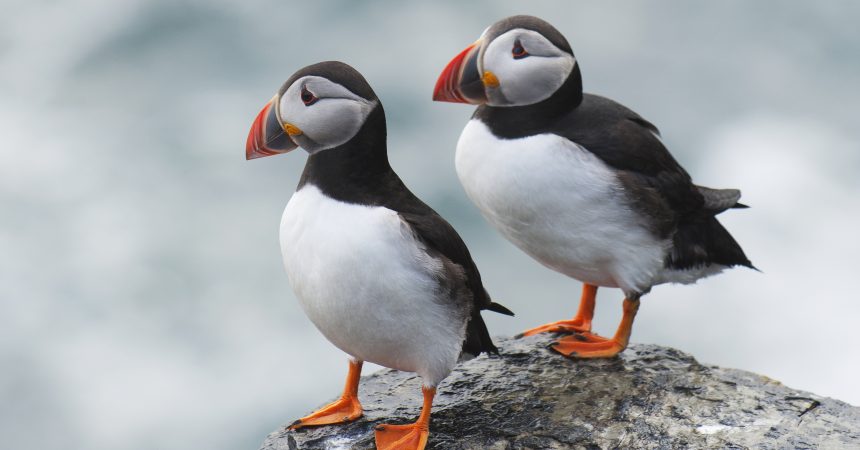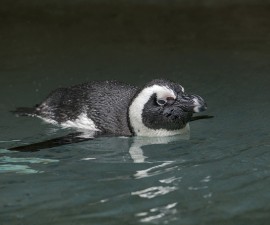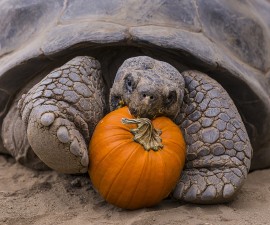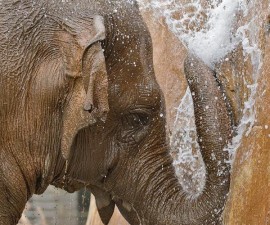Above: Atlantic puffins (Credit: Northlight Images/Getty Images)
The diversity of life on our planet is nothing short of astonishing, and millions of species have staked out their niche through physical and behavioral adaptations to the environment. But animal groupings, species, and classifications can be baffling, even for the most passionate animal lover. And looks can be deceiving! Sometimes animal misnomers can be leftover misinformation from childhood like “koala bear,” when we all know they are, in fact, pouch-packing marsupials and not bears. Other errors can be based on vague misconceptions like exclaiming “what a big monkey” when looking at a gorilla. (Gorillas—along with chimpanzees, bonobos, orangutans, and humans—are classified as great apes.) Some animals look like a mosaic of borrowed parts from other random creatures, and other times they just have the “wrong” appearance for what they are. Here are some easily confusing species that we can try to keep straight.
Legless Wonder
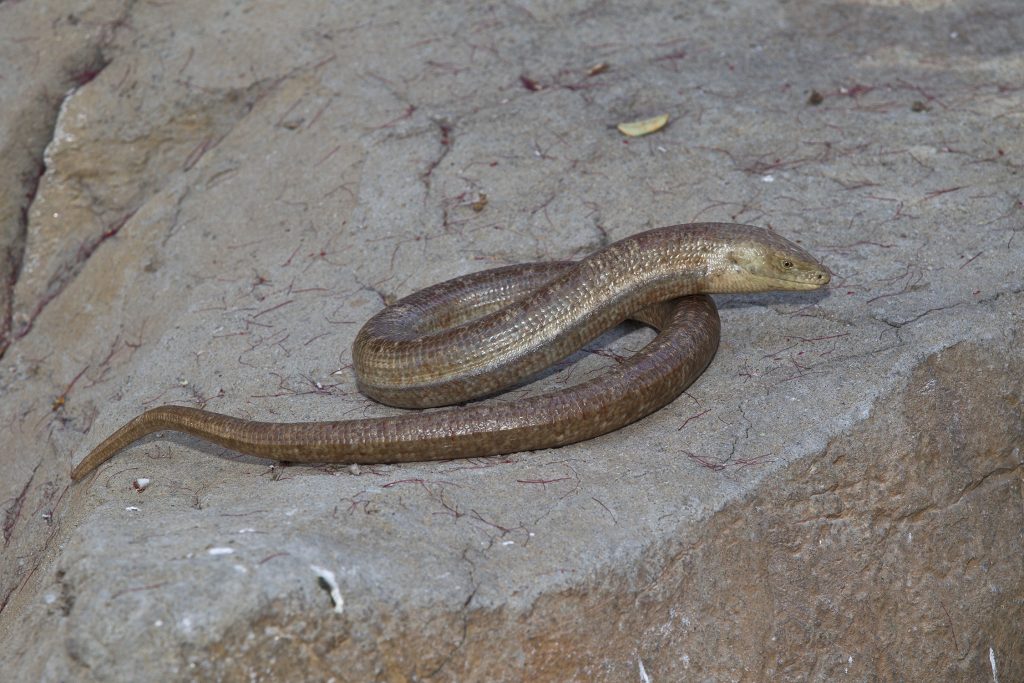
The surprising sheltopusik!
A stroll through Reptile Walk at the Zoo reveals a cold-blooded anomaly: the slithering sheltopusik. This belly-walking animal looks just like a snake, but it is in fact, a legless lizard! Also called the Pallas’ glass lizard, it has eyelids, external ears, a large tail, and uniform scale size like most other lizards, not snakes. Its exotic name means “yellow-bellied” in Russian.
That’s a Croc
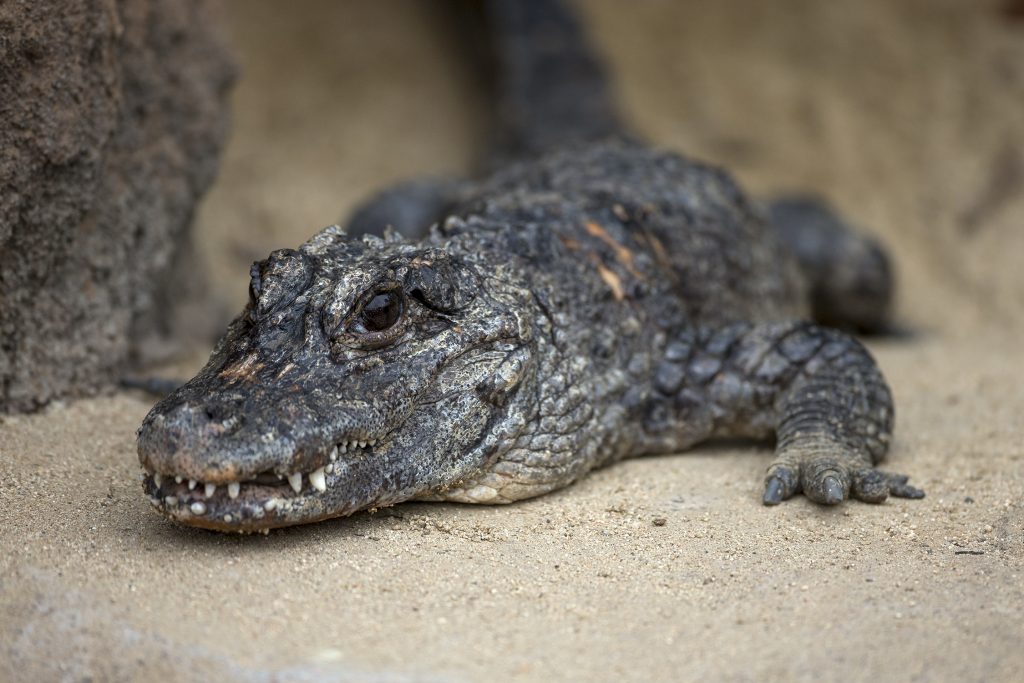
Chinese alligator
It’s big. It’s bumpy. And it looks a lot like a slippery log. Suddenly, the water churns as the creature lunges to shore, jaws snapping, then it slides back into the murky depths. Shaking and grateful to be out of harm’s way, you wonder if it was an alligator or a crocodile, pushing aside the see-ya-later and after-a-while rhymes. Open mouthed, it might be hard to tell. But clamped shut it’s clear that alligators have a wider, U-shaped snout while the crocodile’s snout tapers into a narrower V-shape.
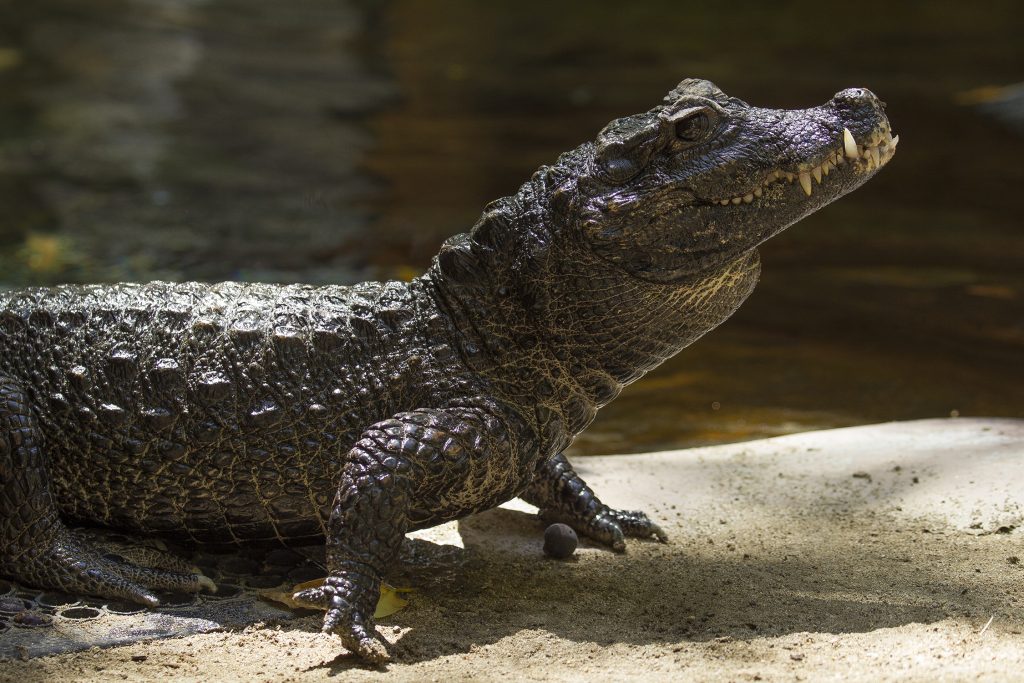
West African dwarf crocodile
Crocodiles look like they are flashing a toothy grin, as teeth on the lower jaw poke out over the upper lip while alligator teeth tuck into the mouth. That takes a bite out of the mystery!
Bison Nickel?
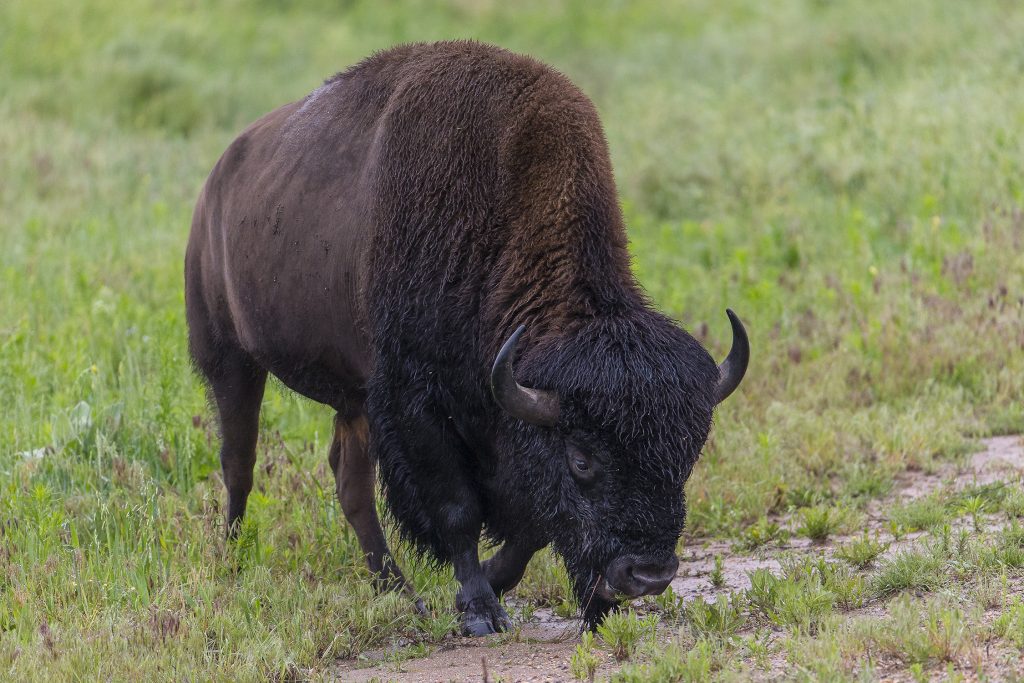
Bison
Early American settlers misnamed the shaggy, hulking, hoofed mammals of the plains. Calling them “bufello” for their loose, ox-like resemblance to the buffalo of Africa and Asia, the misnomer picked up steam when the “buffalo nickel” was released in 1913 that featured an American Indian on one side and an American bison on the other. The song “Home on the Range,” (Oh, give me a home where the buffalo roam…) became popular in the 1930s and all but sealed the fate of the bison’s chronic misnaming. But bison and buffalo are completely different animals! As Encyclopedia Britannica suggests, focus on the three H’s: home, hump, and horns.
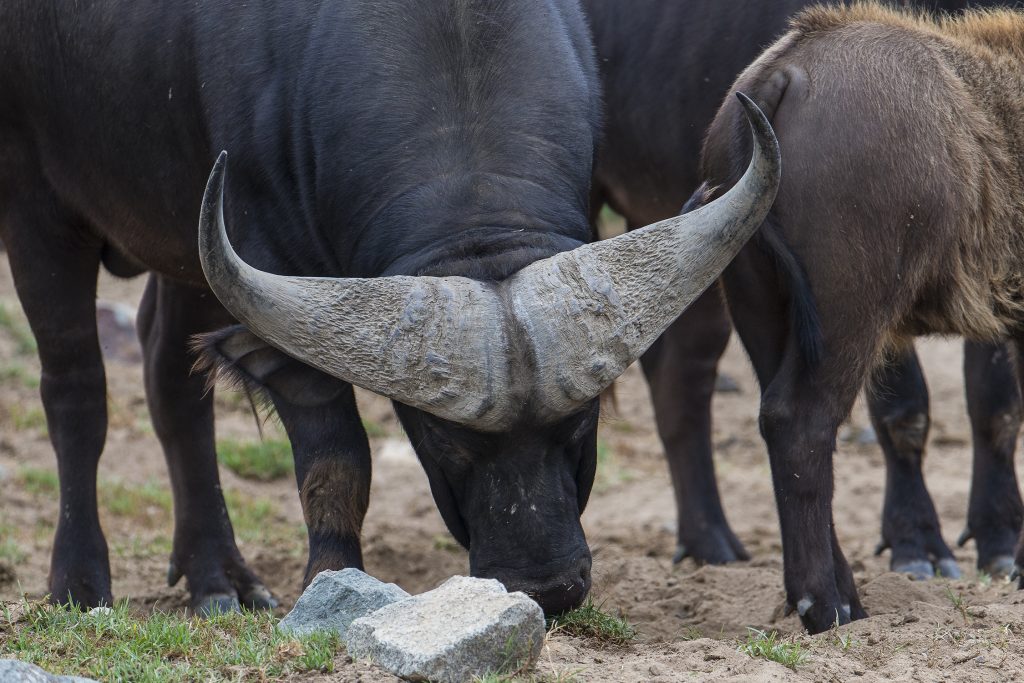
Cape buffalo
The Cape buffalo lives in Africa and the water buffalo inhabits Asia, while American bison dot grasslands across North America. Bison have an unmistakable shoulder hump, packed with muscle that allows it to plow snow away to reach food beneath. Buffalo live in warmer climes and lack that bulge. The horns are another dead(ly) giveaway: buffalo horns grow to the side, reaching six feet with a pronounced arc, while bison horns are much shorter, closer to the head, and sharper. Next time you’re in Yellowstone, hail the bison!
Puffin or Penguin?
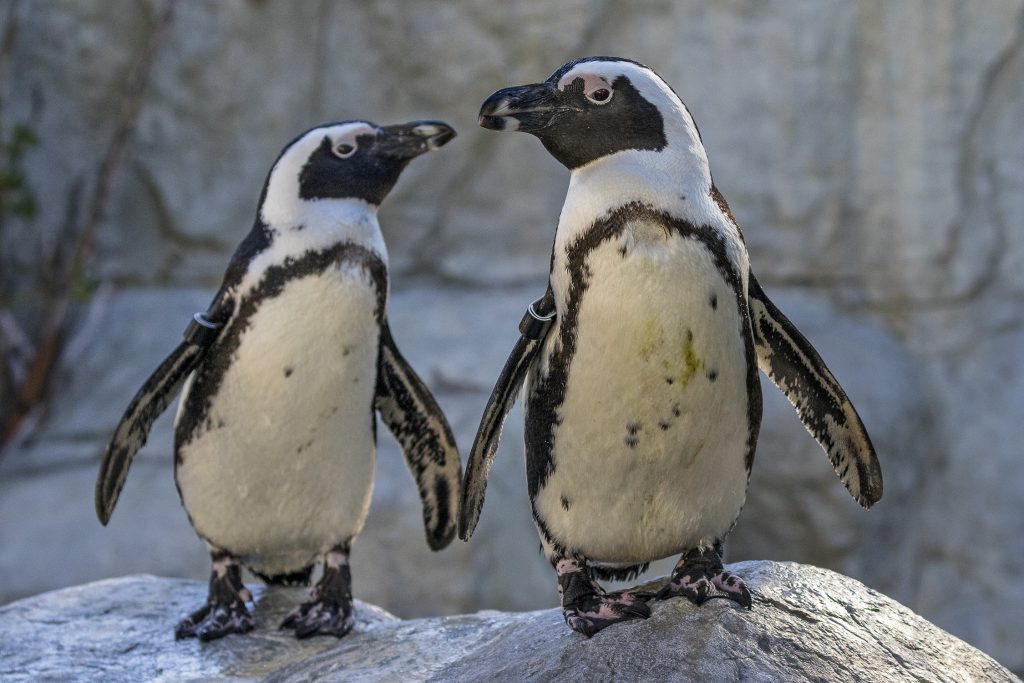
African penguin
While these feathered seabirds have much in common—black and white plumage, a waddling gait, and raucous social groups—penguins and puffins are not close relatives. Four puffin species belong to the Alcidae family and 18 penguin species are members of the Spheniscidae family. Puffins (seen at the top of this article) live in the Northern Hemisphere, with over half of the population located in Iceland, while penguins are partial to the Southern Hemisphere coastlines. They are (half) a world apart! Both puffins and penguins propel themselves with their wings, but penguins do it exclusively in water. Puffins are amphibious birds: they are efficient swimmers and flyers!
Turt vs. Tort
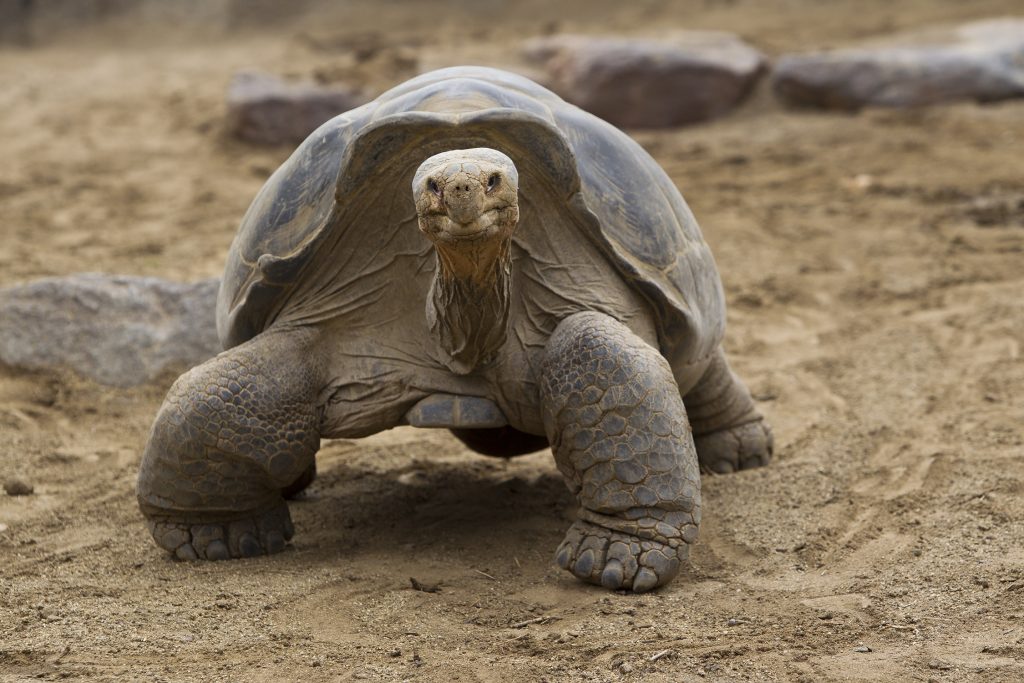
Galápagos tortoise
While few would gaze upon a 500-pound Galápagos tortoise and declare it a turtle, for many species, it can be a shell game to classify them correctly. Tortoises are in fact turtles, joining their fellow shell-bodied brethren in the order Chelonia. However, not all turtles are tortoises. What? The important thing to remember about tortoises is that they are land lovers, having little to do with water beyond drinking it or taking a soak.
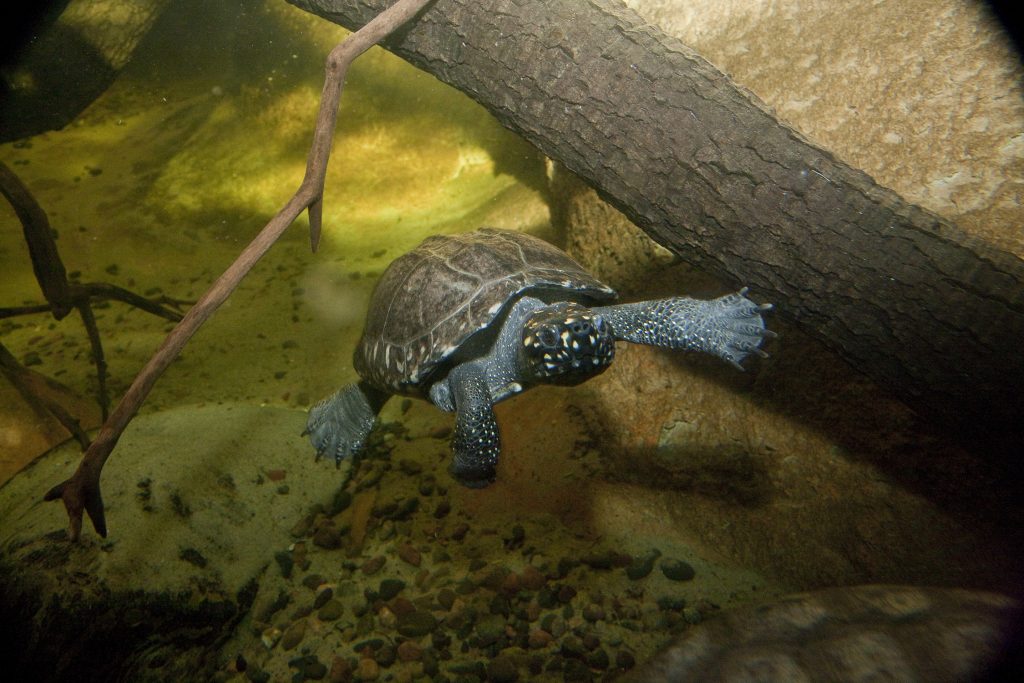
Spotted pond turtle
Turtles have an aquatic lifestyle, with sea turtles at the extreme, only coming to shore to lay eggs. Turtle and tortoise hatchlings dig themselves out of the burrow after 90 to 120 days. The tiny turtles are on their own from the get-go, while the mini tortoises get protection from their mom for about 80 days, after which they are on their own. Tortoises tend to be dome shaped while turtles are flatter and more streamlined. They may dine differently, too, as land-based tortoises are herbivores while turtles are more flexible, earning both herbivore and carnivore status. None, however, indulge in slow cooking.
Mole or Vole?
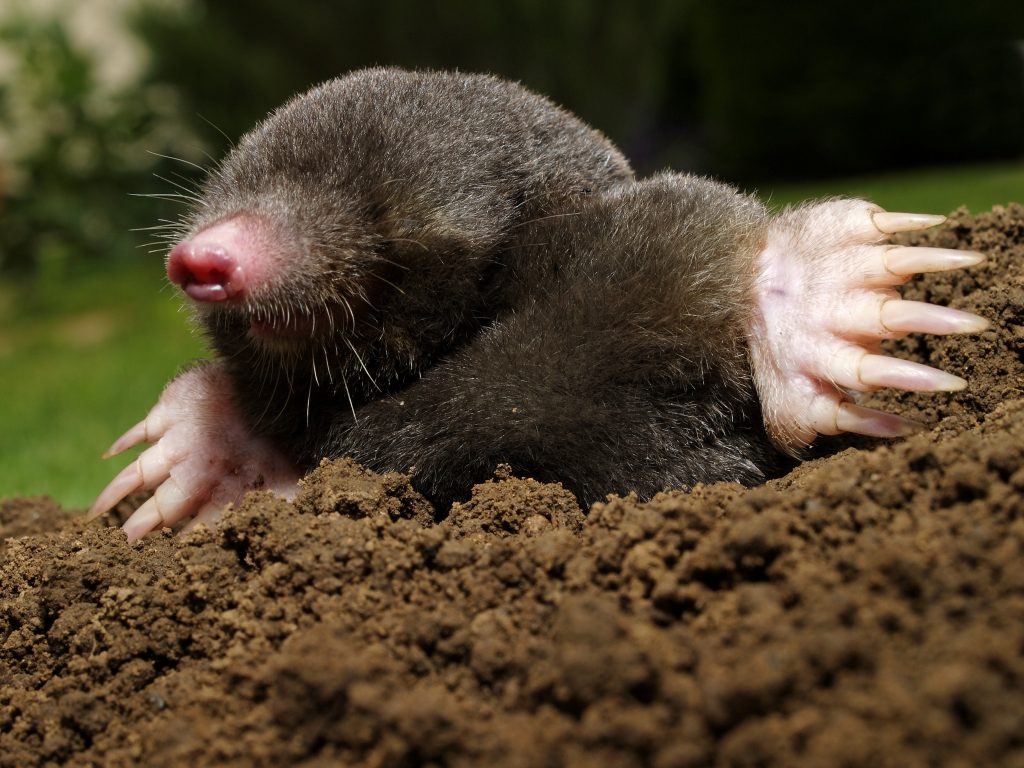
Mole (Credit: Getty Images)
We won’t make a mountain out of this question, but moles and voles are different critters with different lifestyles. Moles belong to the order Insectivora, feasting on bugs and invertebrates. These carnivorous predators are specialized for subterranean living having small eyes, ear openings buried in their soft, velvety fur, and a pointed snout. Most noticeable is the mole’s sideways facing paddle-like forefeet ready to dig tunnels under a yard near you, leaving mounds of soil up top in their wake.
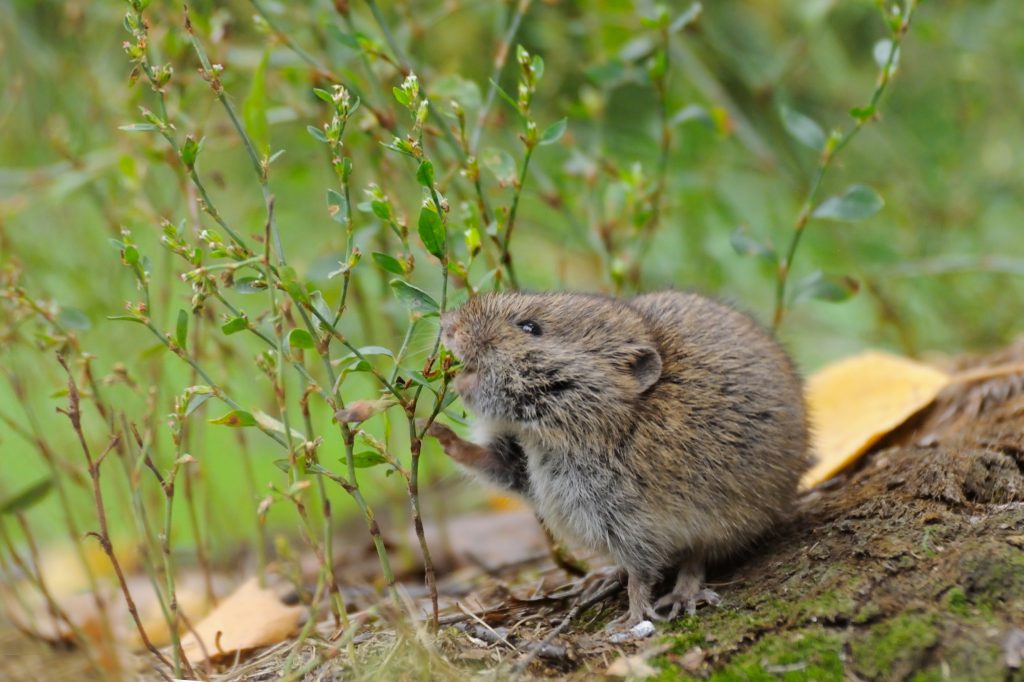
Common vole (Credit: Getty Images/Victor Tyakht)
Voles, in contrast, are six-inch long rodents with large black eyes, small ears, and prominent orange-colored teeth ready for gnawing. These little guys live above ground in creeping vegetation, leaving distinct trails through grass or snow. Primarily herbivores, they will devour roots, bulbs, bark, and seeds of many ornamental plants and grasses. While both species can be a nuisance to yard owners, they are “mo-vole-ous” contributors to ecosystem health.
Animals are complex creatures that continue to carve out their niche in an ever-changing world. Let’s take an extra moment to observe them carefully and call them by their proper name, tricky as it may be.
Karyl Carmignani is a staff writer for San Diego Zoo Global. Read her previous article, What’s Your Number? Six Animals with Digits in Their Name.

